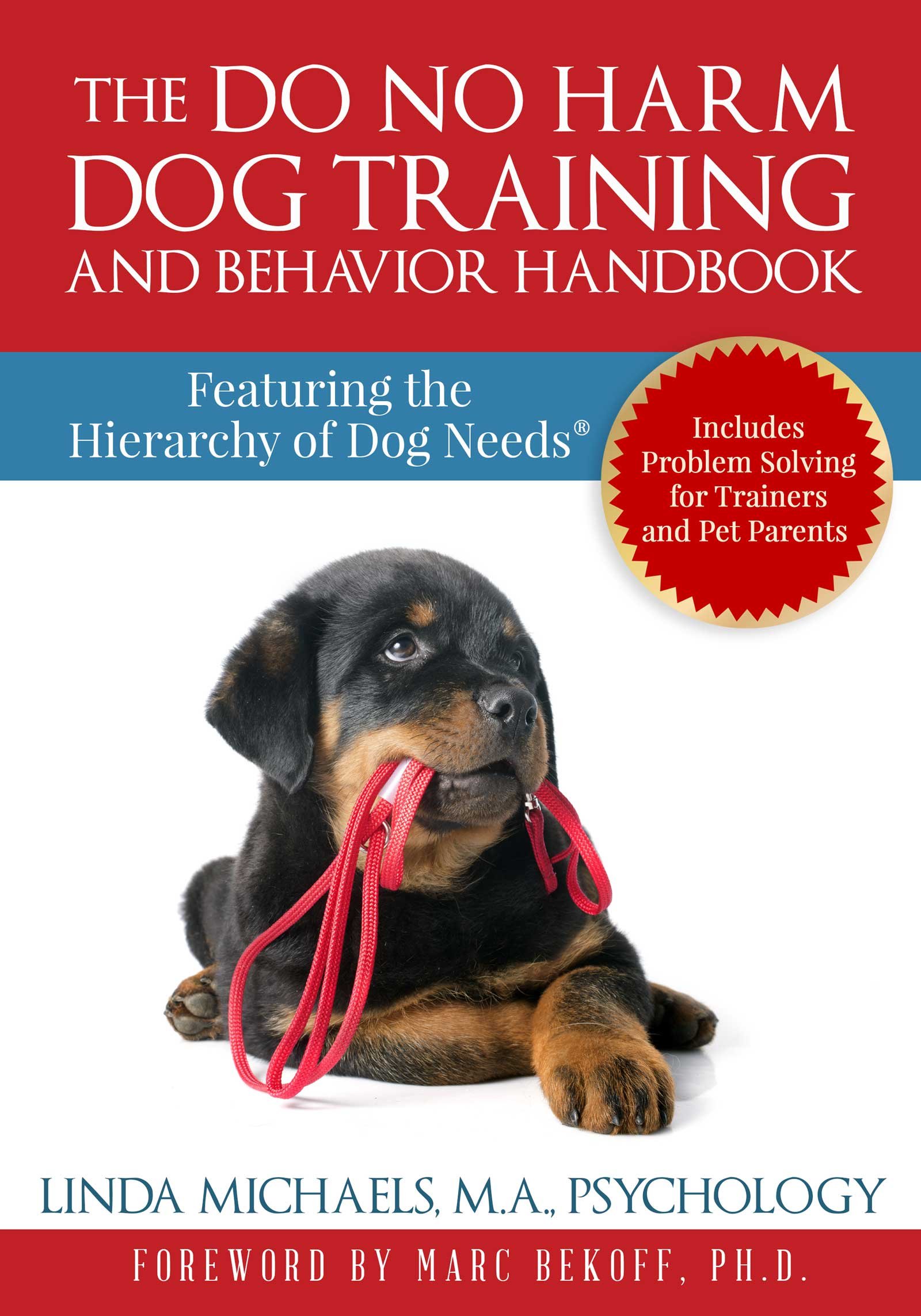We Demand a Do No Harm Ethic in the Dog Training Industry
We can no longer hide from the evidence…
dogs and probably many other animals seem to have emotions just like us (Berns in Bekoff, 2013)
A Do No Harm ethic in the dog training industry is desperately needed. One of the most pressing and disturbing international animal welfare issues concerns the use shock, prong, and choke collars, and dominance methods, abusing our dogs under the guise of “dog training” in an unregulated field.
Volunteering at the San Diego Humane Society while completing my graduate degree in psychology and animal behavior, I found that I could and I should use my degree to help the abandoned and hurting animals… whose eyes were filled with an unspeakable sorrow. I had found my calling in the deepest part of me. The call was to combine compassion with science, and education with action. This is where I realized the critical importance of understanding their needs, both emotional and physical, and of being there to meet those needs.
I worked in dog shelter for five years, seeing firsthand the heartbreaking suffering caused by punitive dog training methods: My experiences there drove me to become an animal welfare advocate and formed the foundation of all the work I’ve done since. Dogs have patterns of attachment to humans similar to the mother-infant relationship (Topal, 1998). The famed neuroscientist, Dr. Gregory Berns, in his breakthrough book, How Dogs Love Us: A Neuroscientist and His Adopted Dog Decode the Canine Brain (2013) illustrates, dogs have the cognitive development of a child at approximately two to three years of age and need to be treated with the same understanding and patience afforded to a toddler (Michaels, 2023.)
The leading edge American Veterinary Society on Animal Behavior (AVSAB, 2021) “Position Statement on Humane Dog Training” reports: “An appropriate trainer should avoid any use of training tools that involve pain (choke chains, prong collars, or electronic shock collars), intimidation (squirt bottles, shaker noise cans, compressed air cans, shouting, staring, or forceful manipulations such as “alpha rolls” or “dominance downs”), physical correction techniques (leash jerking, physical force), or flooding (“exposure”). The learner must always feel safe and have the ability to “opt out” of training sessions.”
“Now using the MRI to push away the limitations of behaviorism, we can no longer hide from the evidence. Dogs and probably many other animals seem to have emotions just like us” (Berns in Bekoff, 2013, para. 10).
We control all of our dogs’ resources. We have bred and domesticated them for our pleasure and entertainment— we owe it to them to learn all we can about them as a species and to learn how to make them happy, that is, to fill their needs and help them cope in a human world.
Dogs reach an optimal state of well-being when their needs are met as pointed out in my Hierarchy of Dog Needs® (available in 12 languages.) First and foremost, dogs need to feel safe, physically and emotionally—just like us! Most “behavior problems” seem to magically disappear when we learn about and pay attention to our dog’s needs. The identification with those needs in ourselves enables us to empathize with other sentient creatures.
“In order to really enjoy a dog, one doesn’t merely try to train him to be semi-human. The point of it is to open oneself to the possibility of becoming partly a dog.” — Edward Hoagland
First published in the International Aid for the Protection and Welfare of Animals (IAPWA) Doggy Handbook.
https://iapwa.org/iapwa-doggy-handbook/
Biography—Linda Michaels, MA, Psychology, renowned animal welfare advocate and creator of the bold, internationally acclaimed Hierarchy of Dog Needs, is the author of the #1 Best Selling, Do No Harm Dog Training and Behavior Handbook. Linda holds a master’s degree in Experimental Psychology, conducted laboratory research in behavioral neurobiology, and has many years of shelter experience working with the most difficult behavioral cases. Her unique combination of academic excellence and hands-on skills with dogs, wolfdogs, and the famed Belyaev foxes, creates a bridge between the worlds of research, dog trainers and pet parents. Find her in international trade magazines and as a featured expert in Psychology Today online, Newsweek online, Huffington Post Live, Dog-Centered Care and Wolf Dog Radio.
The Do No Harm Dog Training and Behavior Handbook featuring the Hierarchy of Dog Needs® is available here:



